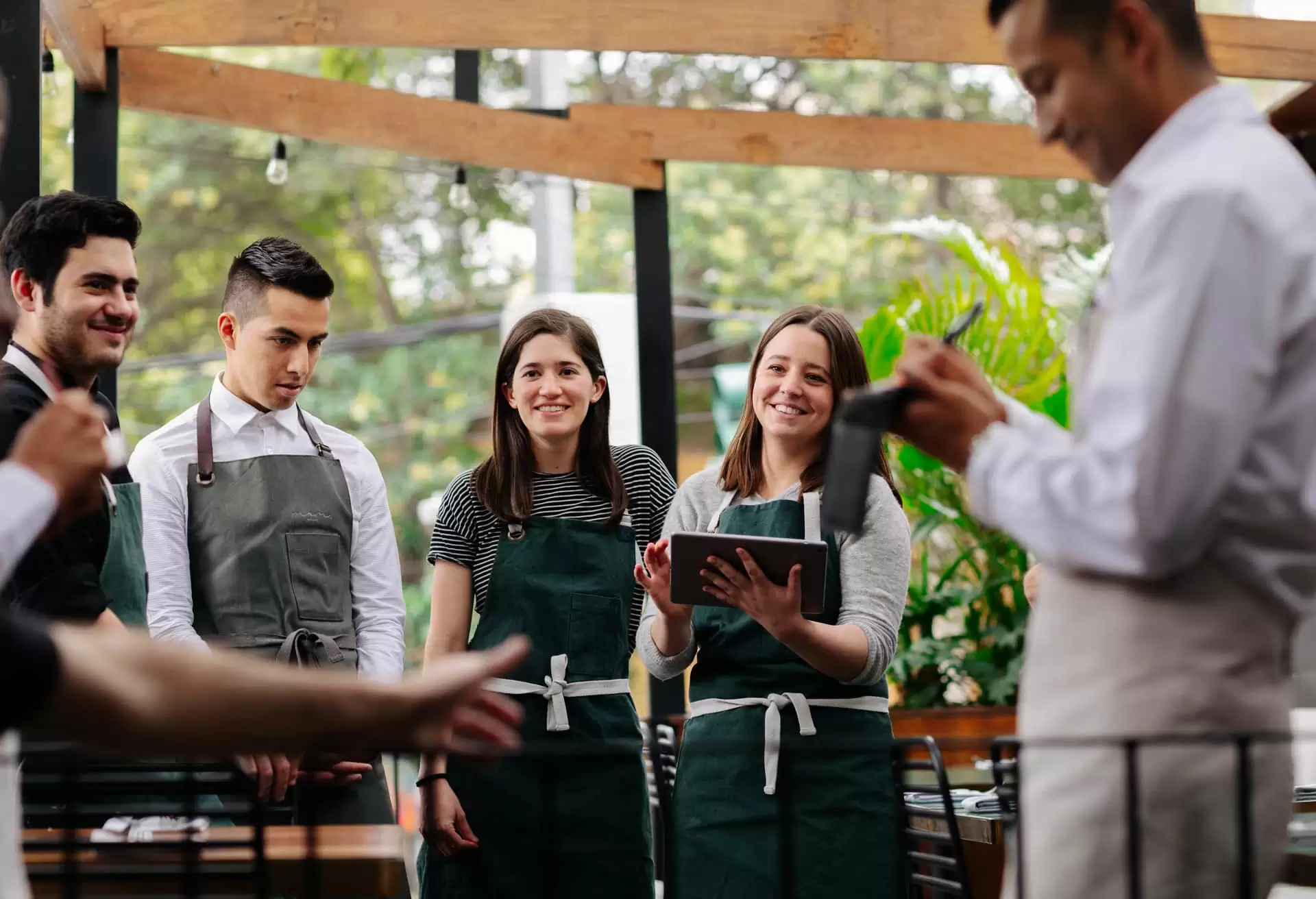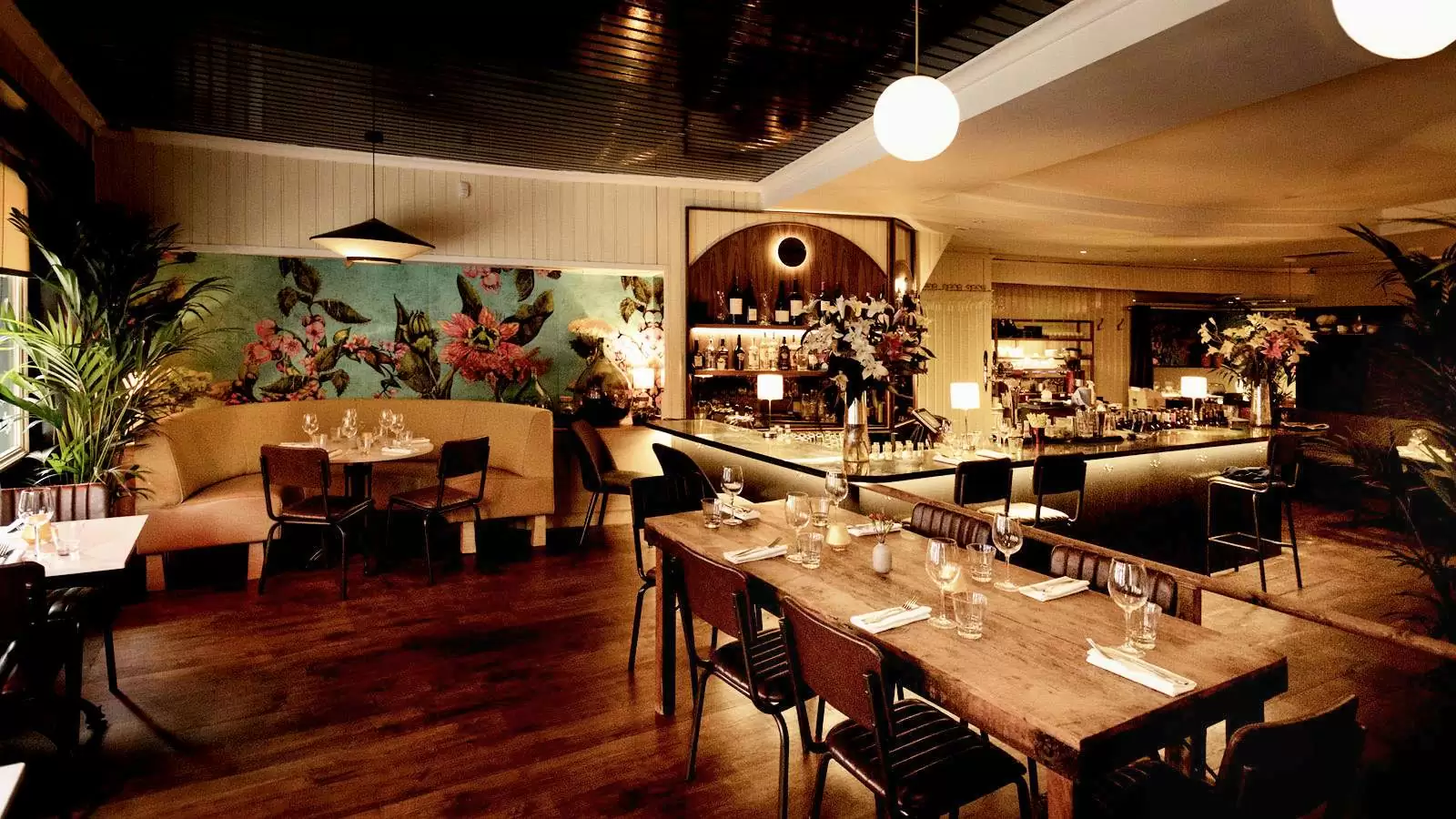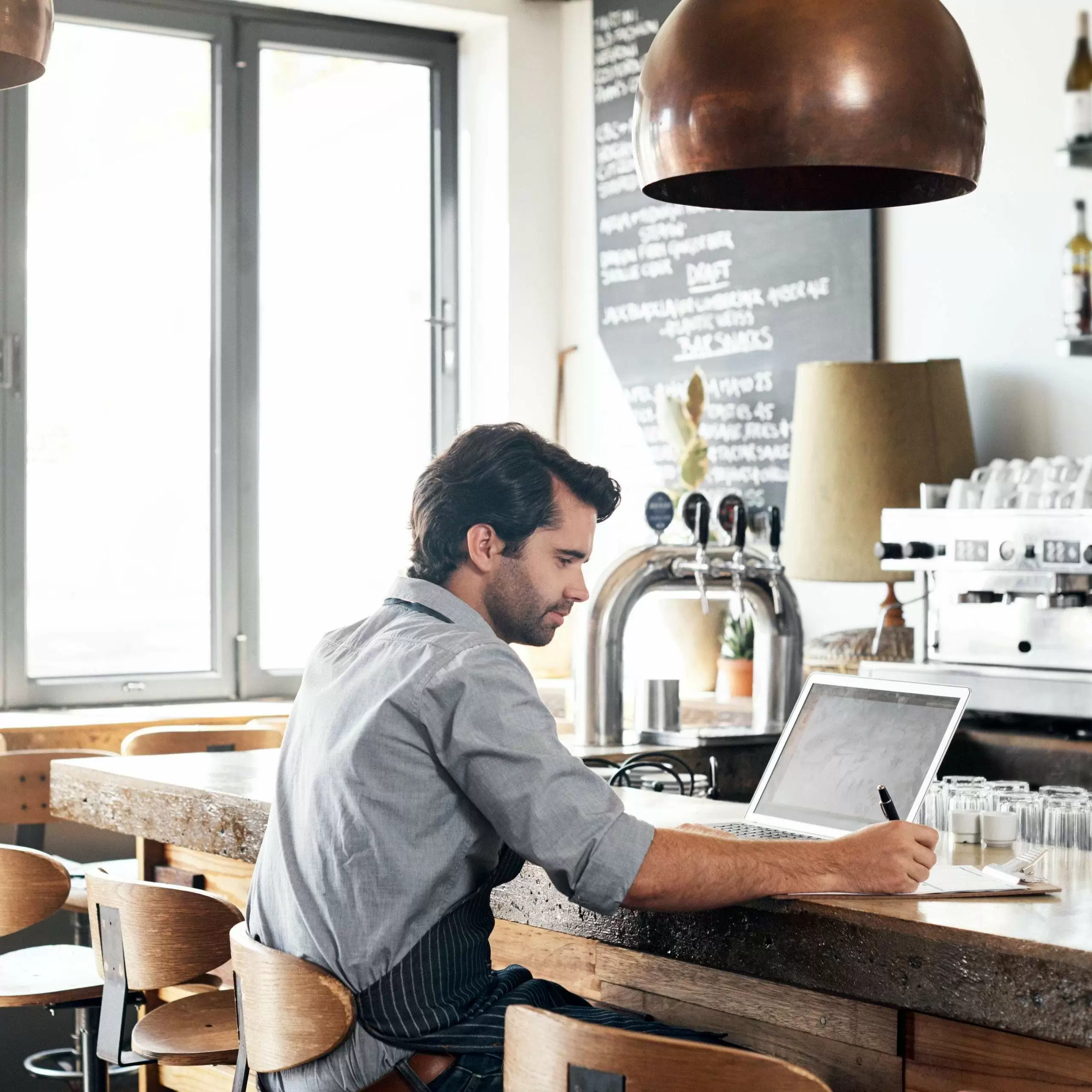Your menu is your primary marketing tool: A straightforward enough premise to follow, you’d think, but one which so many restaurants fail to grasp. When trying to get an idea for the kind of food a restaurant serves, I’ve lost count of the times I’ve had to dig deep into the guts of its website, only to unearth a PDF document of a menu three months old (just give us an embedded sample at the very least, for goodness sake).
But, really, this is just where the crimes against user friendliness start. So what are restaurants doing wrong, and what can the experts tell us to help them set things right?
DO put as much care into your site as you do your restaurant if you want to accurately represent yourself
For many people, their first impressions of a restaurant are based on what they glean from its online presence. While that can mean social feeds or TripAdvisor reviews, often new customers go straight to the source – the restaurant’s homepage. This works out well for some, but less well for others.
‘I know of restaurateurs who’ll spend eight months designing the perfect plate for one of their dishes,’ says Isaac Parham, who, alongside web designer Arjuna Woodrow, helps restaurants improve their website’s design and functionality. ‘But they’ll take a “that’ll do” approach to their website.’
Concise copy and crisp design are great when they provide an accurate portrayal; not so good when guests turn up with the promise of one thing, but get something else. ‘Design has to reflect the establishment,’ says Darren Wilson, design director at Fat Media. ‘Certain styles are popular, but I think people want to see the actual output of the food alongside the people who make it happen – culture is a big part of it, and the staff drive that experience you get in the restaurant.’
DON’T turn potential guests away with the hard sell
What may have worked for cold callers a few decades ago (out of sheer persistence and luck, more than anything else), hardly ever works now. Consumers see straight through marketing-speak in web copy, such as ‘good honest food’ and ‘second to none’, to the point where it can instigate a reaction opposite to the desired one.
Besides, fluff and platitudes aren’t necessary when visitors are only looking for three basic things in a restaurant website, as Isaac points out: ‘Contact info, menus, and some kind of feel for the overall concept and experience. The first two are easy – it’s the latter that takes some work.’
DO make reservation options clear to help feather along bookings
It may be that you have a clean, well-presented menu, gorgeous photos, and wonderful testimonials, but it can all counts for nothing if you forget one ingredient: a call-to-action. Accordingly, Darren says it’s key to provide people with an easy way to book a table. ‘You really only have two types of customers; one who knows the place and those who don’t – those who know it just want to book as quick as possible. The others want to see what the fuss is all about first, then book.’
DON’T forget the long game in nurturing repeat visits
So, the goal of a restaurant’s website is to capture the visitor’s reservation, but even then, it’s role isn’t completely fulfilled. Websites are a good way to acquire guests’ email addresses – with their consent, of course – and show off social media feeds to keep them up to date with reasons why they should visit again.
‘Think about the long game,’ says Isaac. ‘Pique their interest and they will most likely sign up to your newsletter, follow your social media feeds, and recommend you to others – that has value in and of itself.’
DO keep up to date with ideas and inspiration, or risk being left behind
Shifting are the trends for booking by phone and direct email (Darren says booking engines are destined to become more ‘seamless’ and ‘flexible’), so restaurants would do well to keep abreast with what works and what doesn’t.
Animated content is hot, templated website designs are not, while the jury’s out for things like full screen images of food-dressed plates (which Darren thinks will come more to the fore, but Isaac is noticing ‘aren’t as prevalent as they once were’). Meanwhile, contrary to the typical guideline of less is more, some restaurants are beginning to explore what content can do for their fortunes.
‘Go onto Lyles’ or Yauatcha’s site and you’d be forgiven for thinking they were food magazines not restaurants,’ says Isaac. ‘I wonder if that’s the future: restaurants as content providers with a digital presence as defined and distinct as their physical one.’




